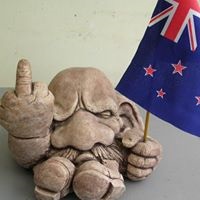In 44 BC, Julius Caesar was killed in what building?
Gaius Julius Caesar (100 BC – 44 BC), usually referred to as Julius Caesar, was the Roman general, consul, dictator and author whose career and assassination on the Ides of March, 44 BC, brought about the demise of the Roman Republic and creation of the Roman Empire. The assassination of Caesar is well covered in classical writings, but until the 21st century, researchers had no archaeological evidence of the place where it happened.
Now, archaeologists in 2012 have unearthed a concrete structure nearly 10 feet wide and 6.5 feet tall (3 meters by 2 meters) that may have been erected by Caesar's successor to condemn the assassination. The structure is at the base of the Curia, or Theater, of Pompey, the spot where classical writers said the stabbing took place.
This place, the Curia of Pompey, is infamous as the place of Julius Caesar's murder by so called Liberators from the Roman Senate and elite. Maybe forty to sixty people were actual conspirators against Caesar.
The Curia of Pompey was itself located at the entrance to the Theater of Pompey.
It was specifically an assembly area or court, in which public, official, or religious issues were discussed and decided. In Rome, the Curia was a designated structure for meetings of the senate. Today, classical documents say that years after the assassination, the Curia was closed and turned into a memorial chapel for Caesar.
More Info:
en.wikipedia.org












